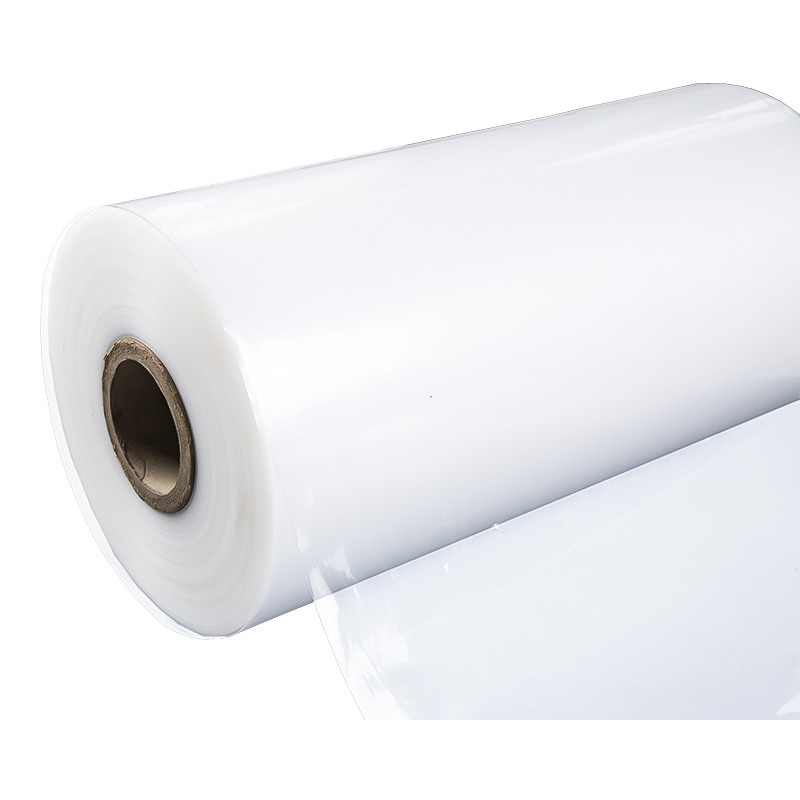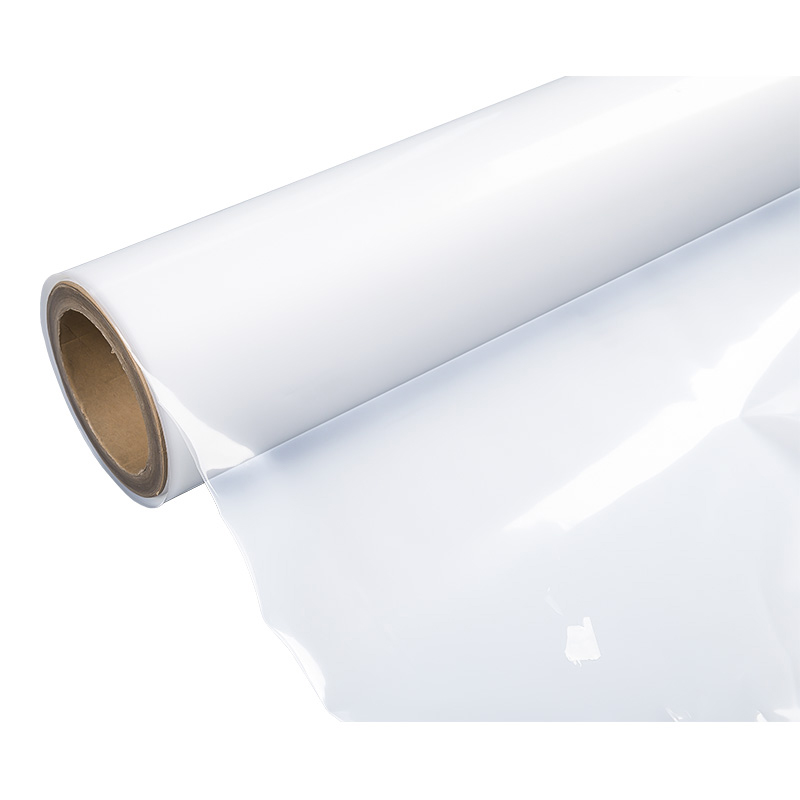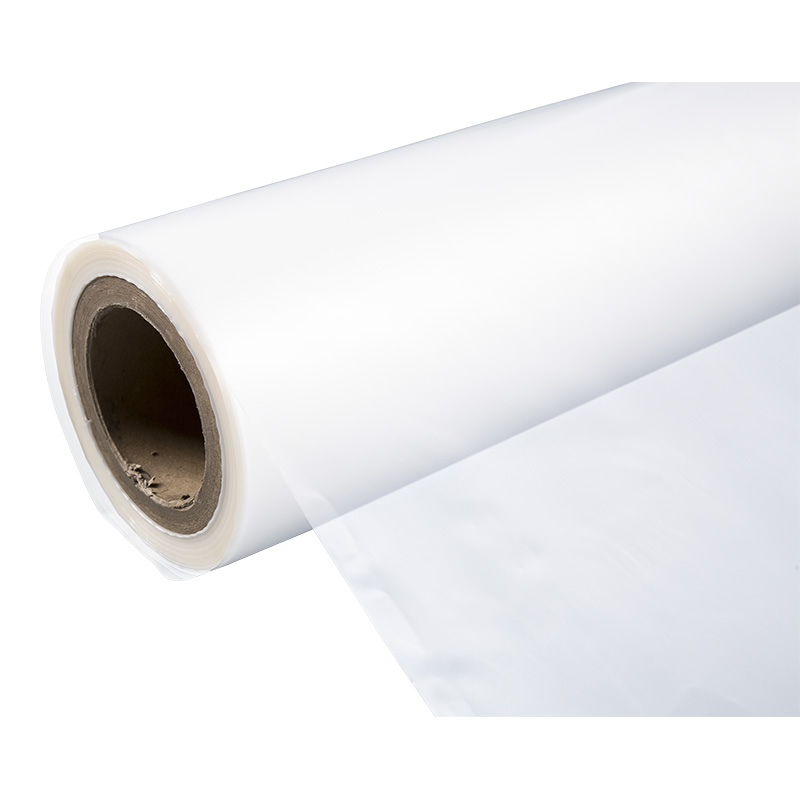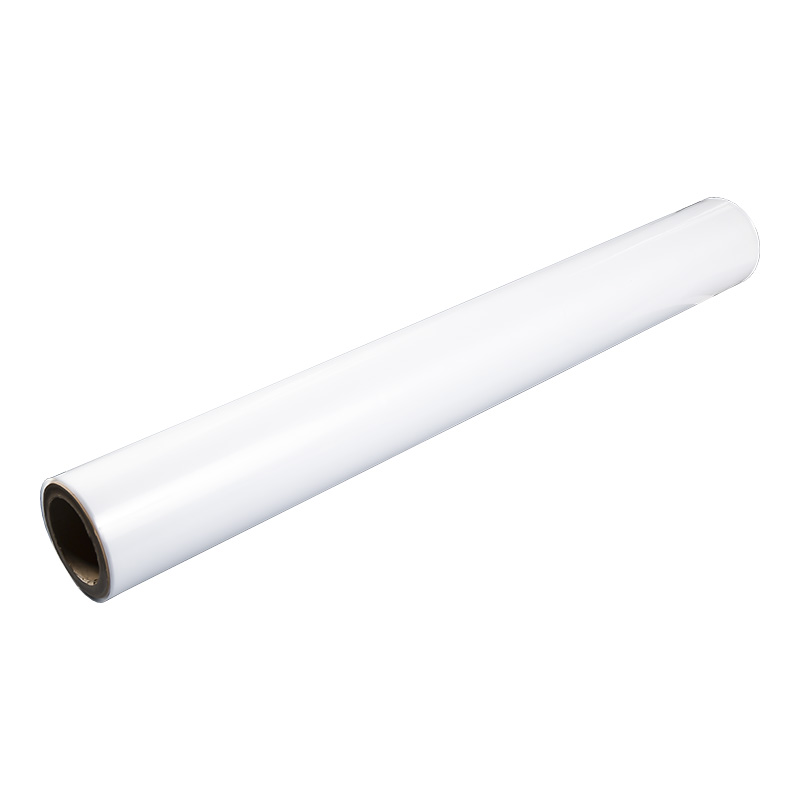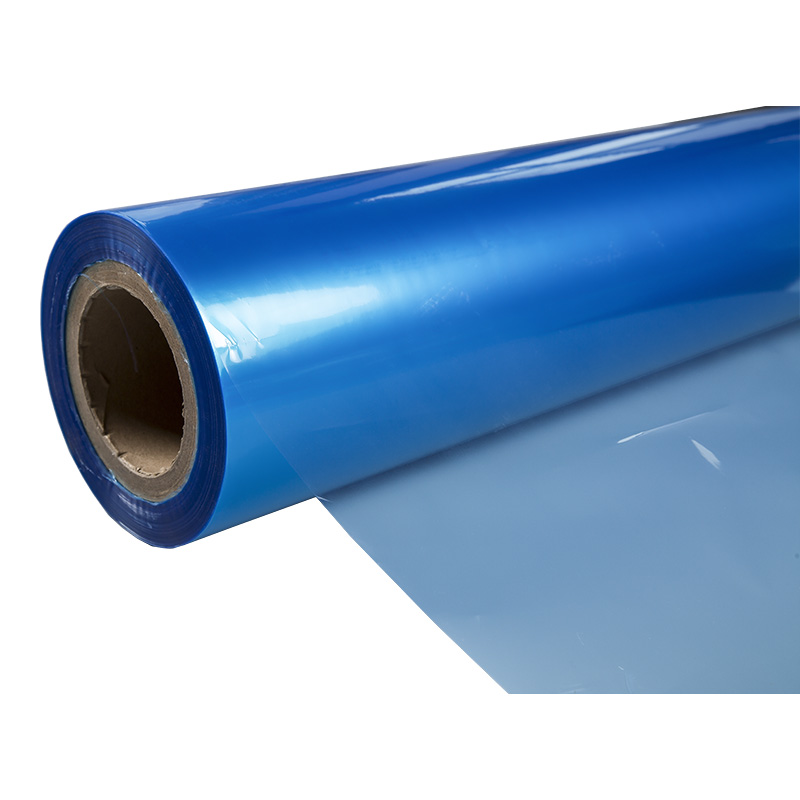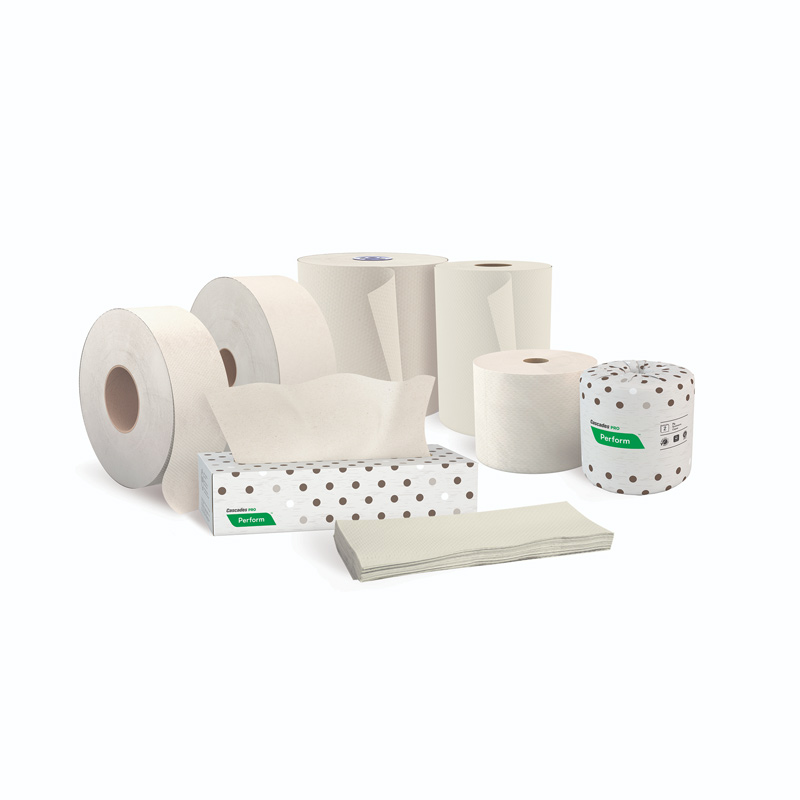In daily life, you will find that plastic films are different, such as plastic bags, some are transparent and soft, and some are stiff; plastic wrap is different from plastic bags. In fact, this is because there are a large number of plastic films, and various films have different uses.
There are no unified regulations on the classification of plastic films. Common categories are:
(1) Classification according to plastic film forming raw materials: polyethylene film, polypropylene film, polyvinyl chloride film, polyester film.
(2) Classification according to the use of plastic films: agricultural films (here agricultural films can be divided into mulch films and greenhouse films according to their specific uses); packaging films (packaging films can be divided into food packaging films and various industrial product packaging according to their specific uses) Films, etc.) and breathable films, water-soluble films and films with piezoelectric properties for special environments and special purposes.
(3) Classification according to the molding method of plastic films: extrusion plasticization, and then blowing the film, which is called blown film; forming a film through extrusion plasticization, and then casting the molten material out of the die, which is called casting Film; there are several rollers on the calender, which are used to calender the film made of plasticized raw materials, which is called calendered film.
 +86 139-6715-0258
+86 139-6715-0258 
 Monday to Friday 8 am. to 6 pm.
Monday to Friday 8 am. to 6 pm. 
 English
English 中文简体
中文简体